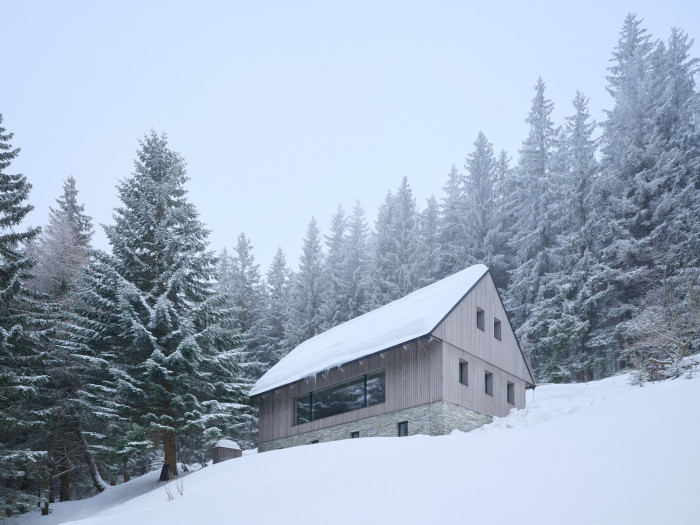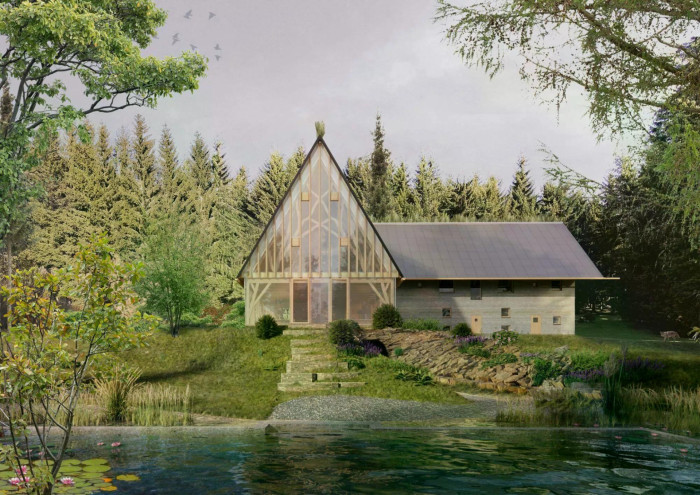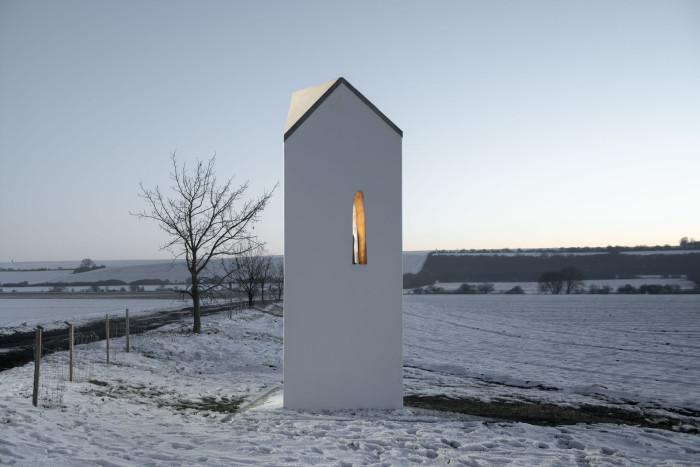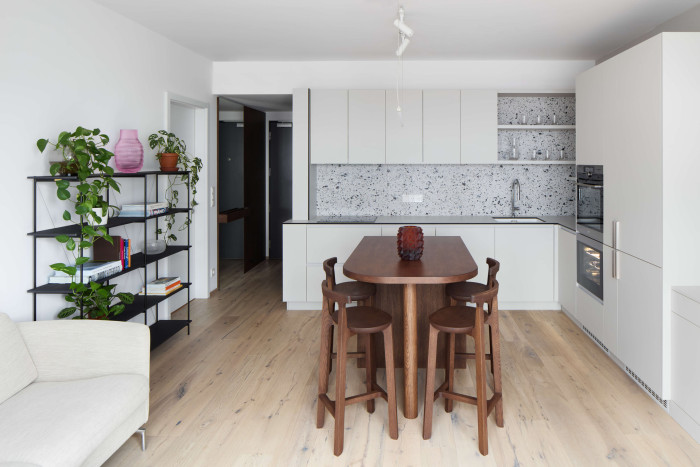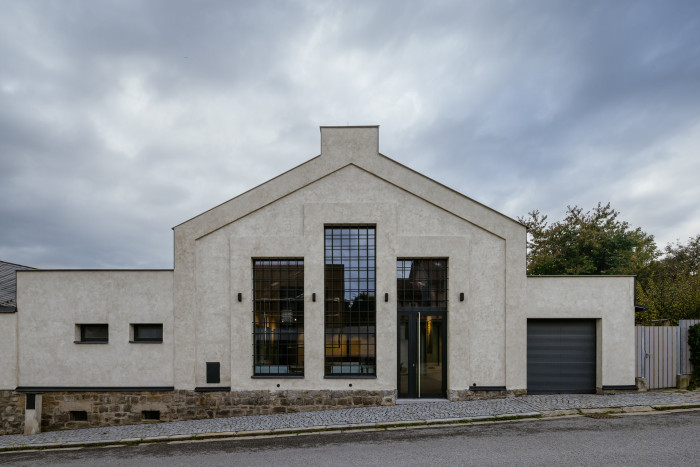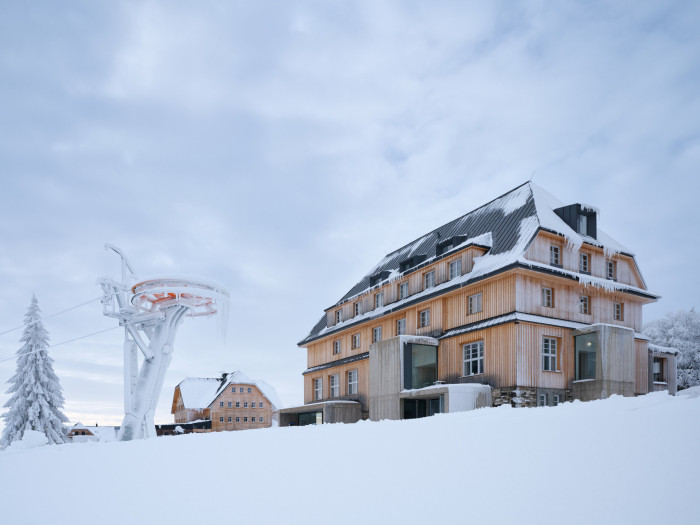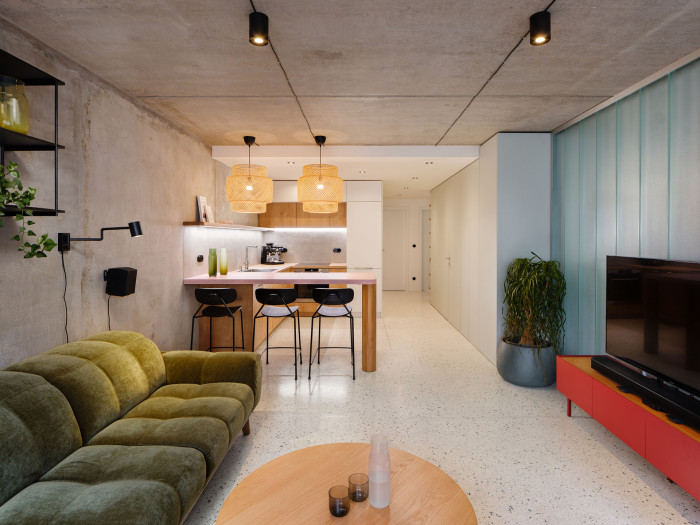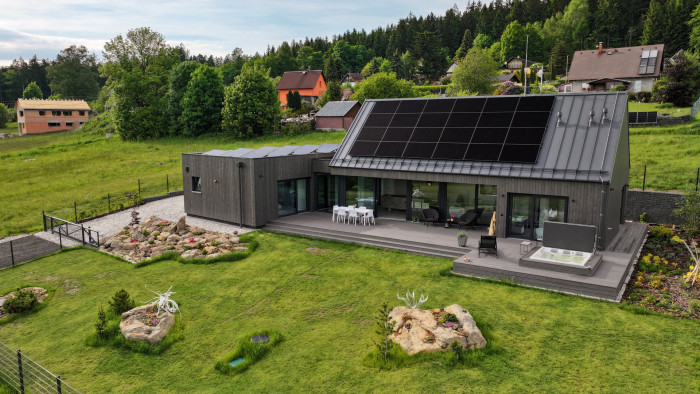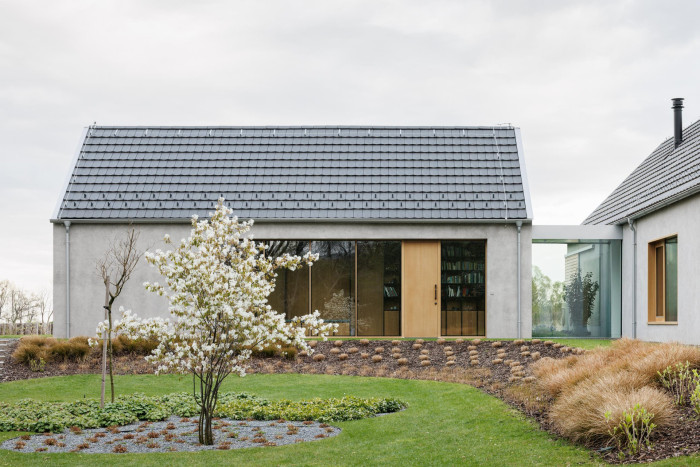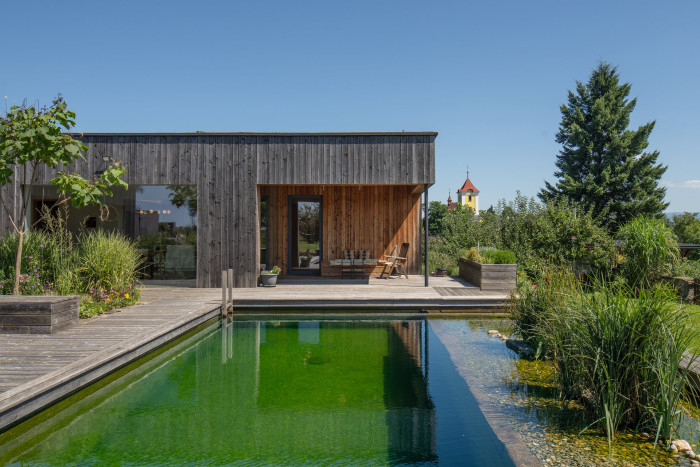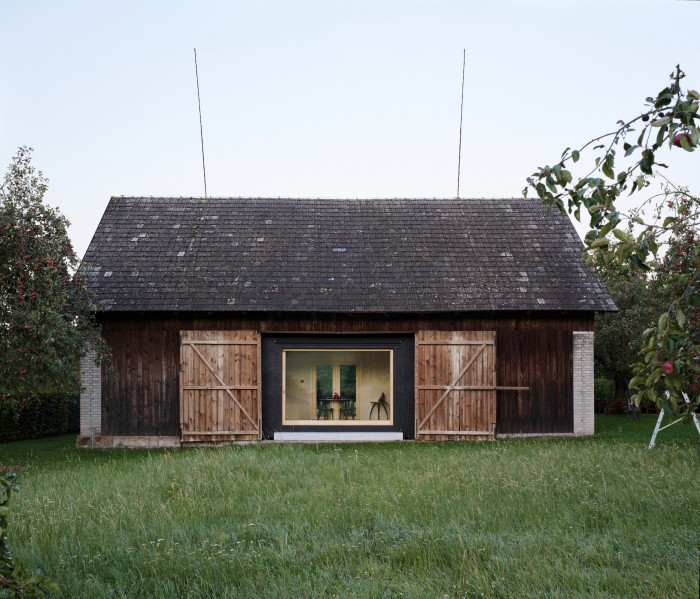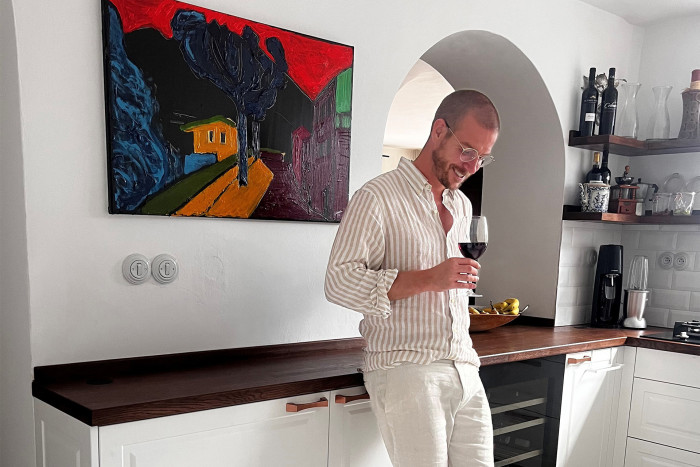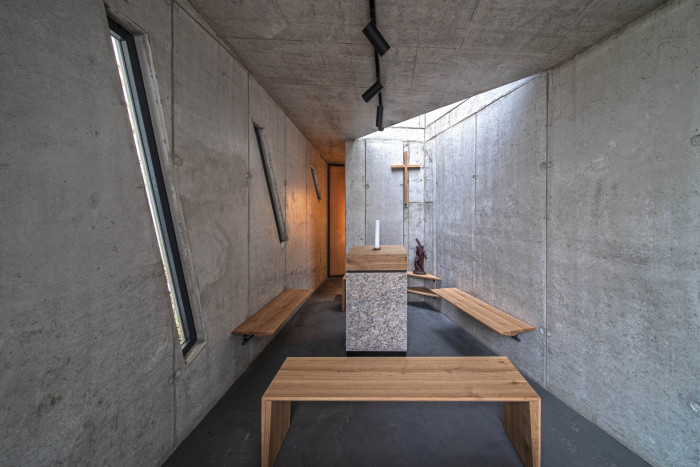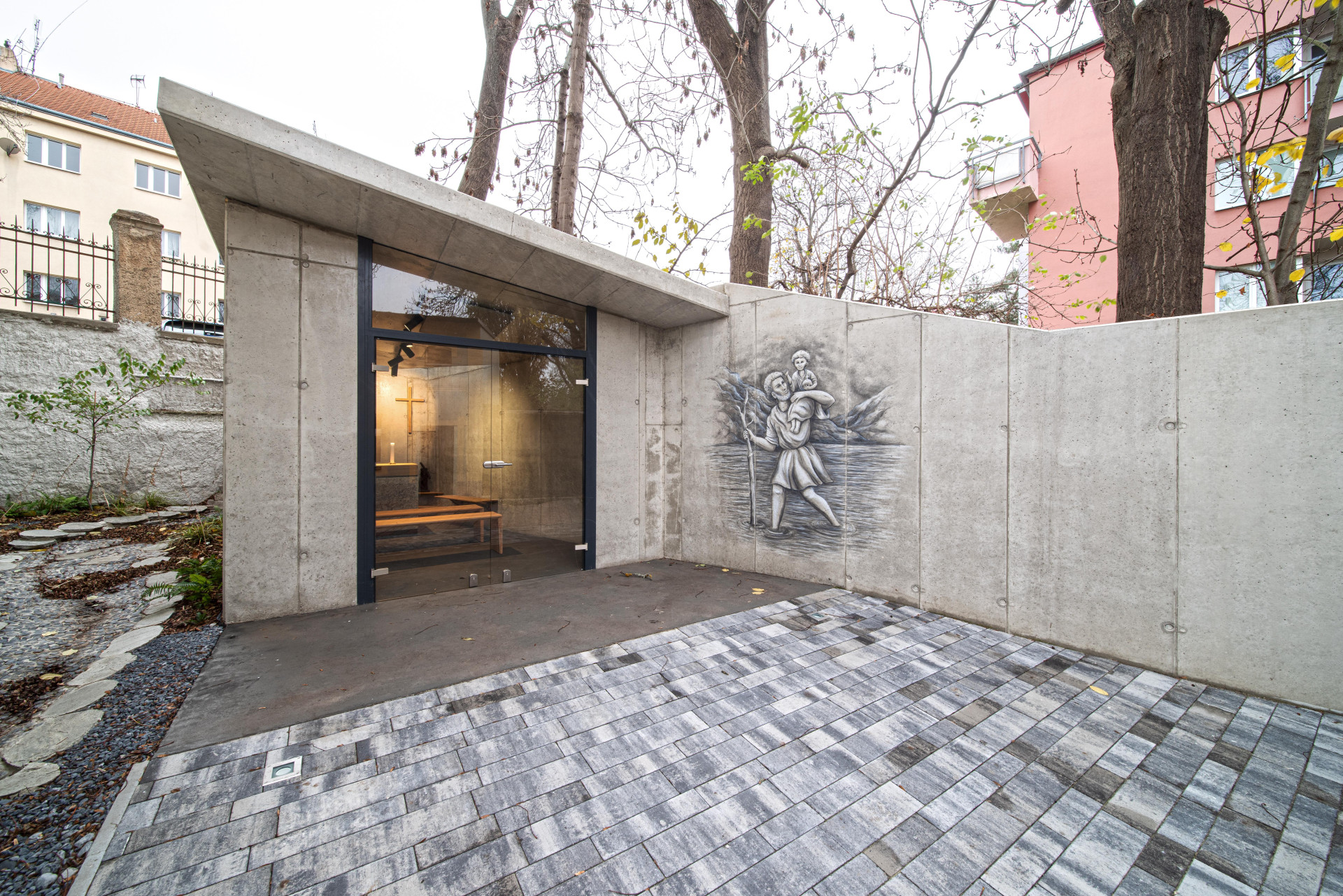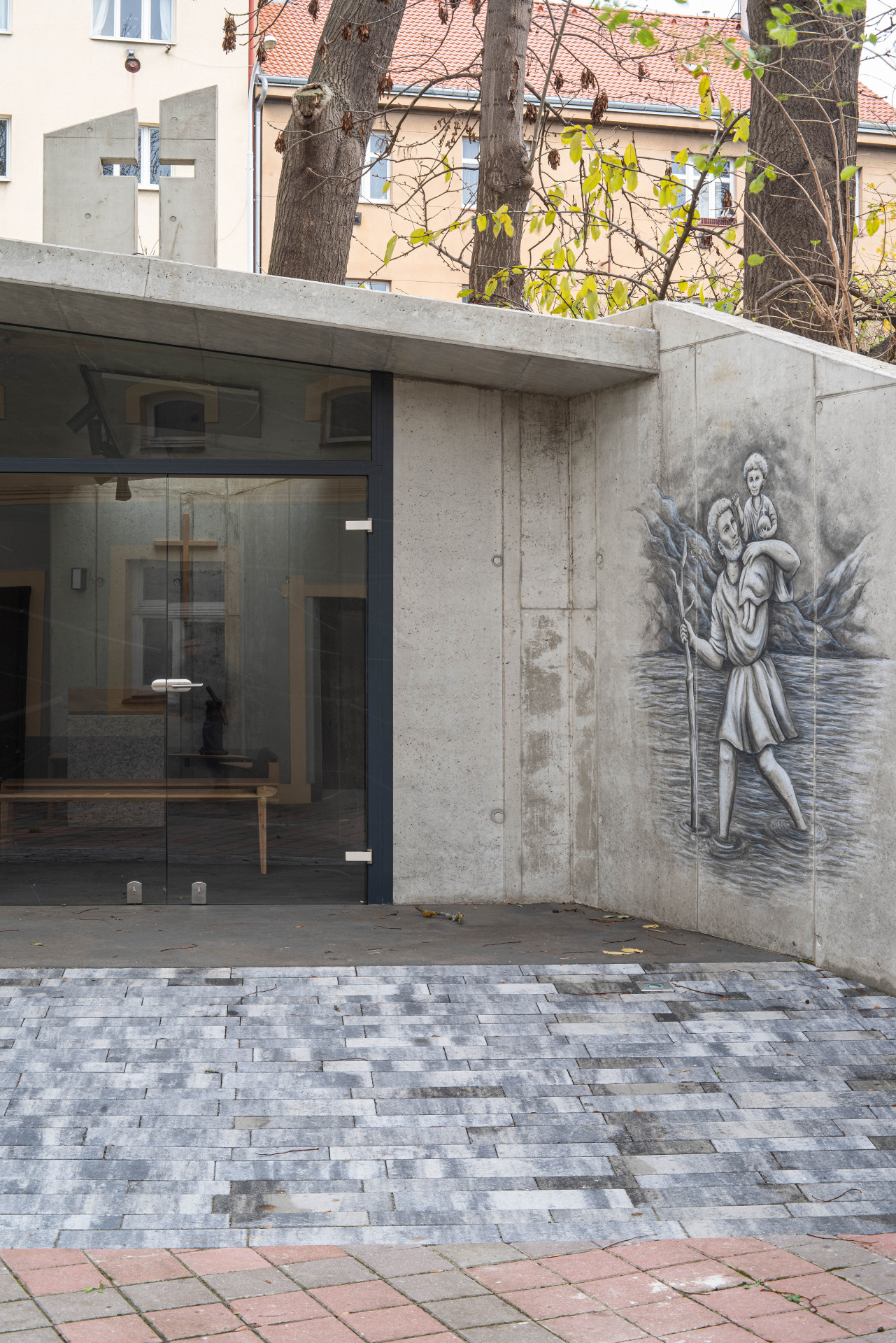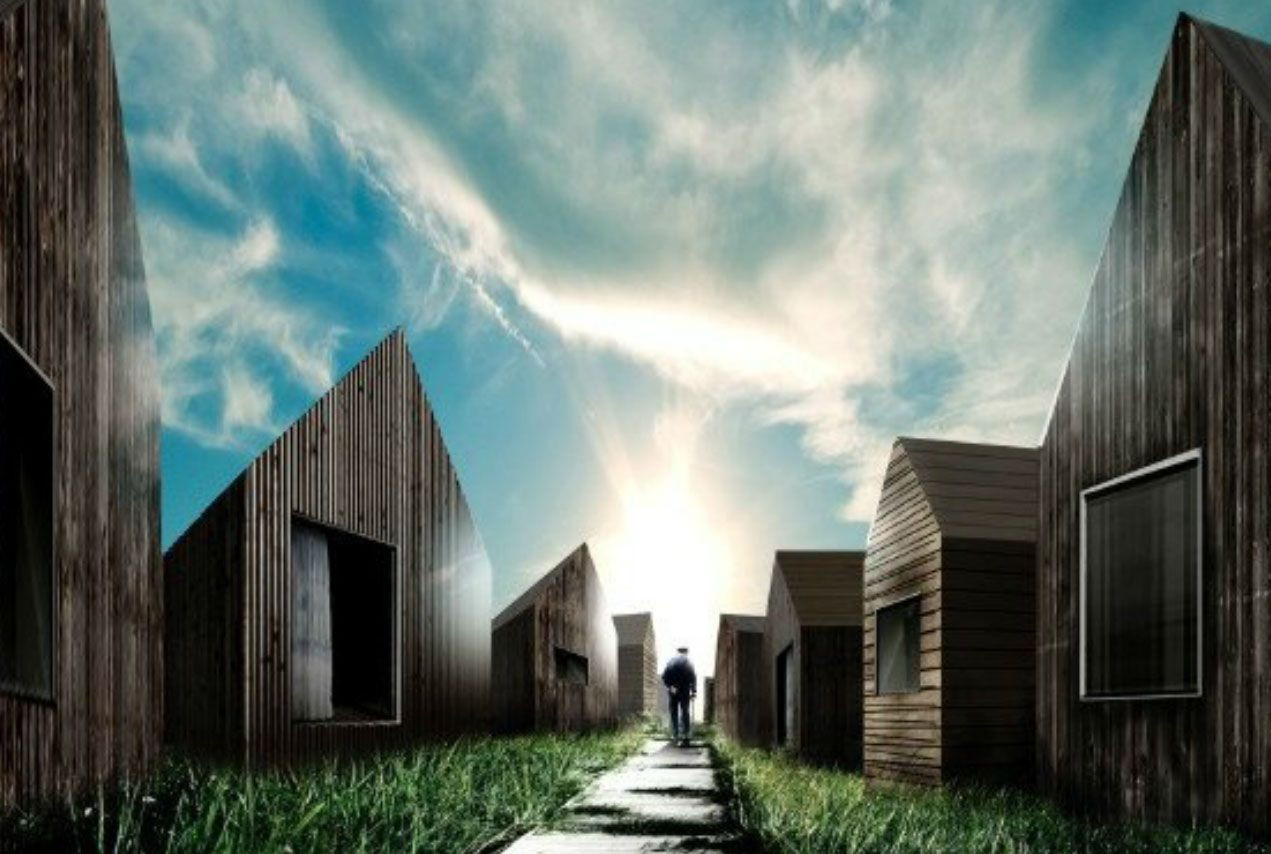
KOMA 2011: Soutěžní návrh #06
NÁVRH DOMOVA PRO SENIORY PRAHA STRAŠNICE SYSTÉMEM PROSTOROVÉ MODULACE
EARCH.CZ , 3. 2. 2012
Open publication - Free publishing - More architecture
Keeping in mind the difficulties of possible socio-spatial segregation of some elderly, the aim wasto propose a flexible. evolving structure, that could respond to future needs of its inhabitants. There are two main principles, that allow spatial and time adaptability:
1) growth/shrink 2) densification/loosening
The specific form of the structure will be chosen in a participative process among all interested stakeholders (inhabitants, city municipality, plot owners...) including architects in a role as coordinatiors and negotiators of the whole process. Overall, there are three main issues and three basic approaches of the concept:
1) spatially: to revaluate a potential of unused public space, especially in areas of 60s till 80s built housing developments 2) socially: to integrate pensioners with other diverse social groups that are in risk of exclusion and marginalization 3) economically: to redefine and to propose a new ownership model of public urban space, especially in coherence with above mentioned aims
1) spatial approach: "lntegriertesWohnen" (integrated living) A term “integrated living” is defined as the “coexistence of old and young people, families and single people in a residential community". With the settlement of people with variouslife situations, action areas and individual skills, neighborly and neighborhood-based social networks are encouraged. Seniors can live independently and remain in the community, rather than become isolated. 2) social approach: Ali Madanipour, “Exclusion as socio-spatial phenomenon" There are three initial types of exclusion(economical, political and cultural exclusion), that may together result into an individual overall social exclusion. This may than shift into phase of physical fragmentation and spatial marginalization, characterized by “pockets of spatial deprivation". 3) economical approach: Garrett Hardin, “Tragedy of the commons” Hardin discusses a common dilemma, where individuals look only after their own profit and don't take care about publicly-shared ressource, so that it gets unkept and depleted by them. Proposed management solution lies in privatization, depletion penalty and regulation. Adapting Hardin's theory onto a public urban space, a model of shift from public-, over community-, to private- plot-ownership is developed.
An initial theoretical background for project is based on Richard Sennett's „Flexible society", that deecribes isolation, disorientation and helplessness of modern individuals, ephemeral nature of interpersonal relationships and overall instability in almost all global issues (economical/social/political/ecological).
Due to the transition from fordlsm to flexible-employment and decline or welfare state, more and more people struggle with an exclusion from the lonq-term stable income, and the gap between rich and poor increases globally.
Problem of marginalization is further included with help of Ulrich Beck’s approach of the „Risk society“, where individuals bare global risks alone. That leads to even greater exclusion within the desintegrated society. Considering all the past phenomenons (welfare state, neoliberal doctrines, full-employment) as outdated and globally impracticable, Beck sees the future in concept of local civil cooperation, founding of local communities, where provision of local services and common nelghbourl assistance takes place.
Jan Keller adopts Beck’s approach on Czech situation. Analysing 5 types of Czech households, Keller suggests, that 3 household types (pensioners, single member households, one-parent families with children) are currently endangered by fallin into poverty. While, on the one hand, Czech Republic is state with most senior-buildings per inhabitant in Middle Europe, on the other hand, the demand of such services still exceeds the supply, the solution isn't seen in further construction of senior-care-homes, due to the danger of possible spatial and social exclusion. The placing of elderly into pensioner-homes is therefore perceived as a matter of deep concern, which sustance lies in values of our society and should be subject of a broad interdisciplinary discussion at least.
Thus the problematics should be solved from the Emitai Ettzioni’s viewpoint of „Responsible society“, that aims on foundation of new communities with a social-rnix, where excluded individuals will be integrated again. With a requirement of civil subsidiarity, governance concept and decentralized decision-making, this will lead to creation of strong bonds among individuals on local levels. The aim is to integrate pensioners with other excluded individuals in a diverse community, where social enrichment and understanding will flourish.
Oliver Frey’s key assumption, that a „meltdown of diversity“ in so called „Amalgam City“ brings new social quality and his thesis – „Space matters again“ – is a condition for an overall aim. The spatial proximity of diverse social groups in close, locally developed neighbourhoods provides a substantial soil for a „methamorphosis“ of community into a real creative cluster. The concept of „Creative city“ and „Creative class“ by Richard Florida serves here as final goal. Cultural enrichment. and interchange of tait knowledge among individuals leads, on the one hand to proliferation of social capital and social innovation capacity, on the other hand to revaluation of formerly unused urban space for community purposes, relauching the renaissance of cities.













